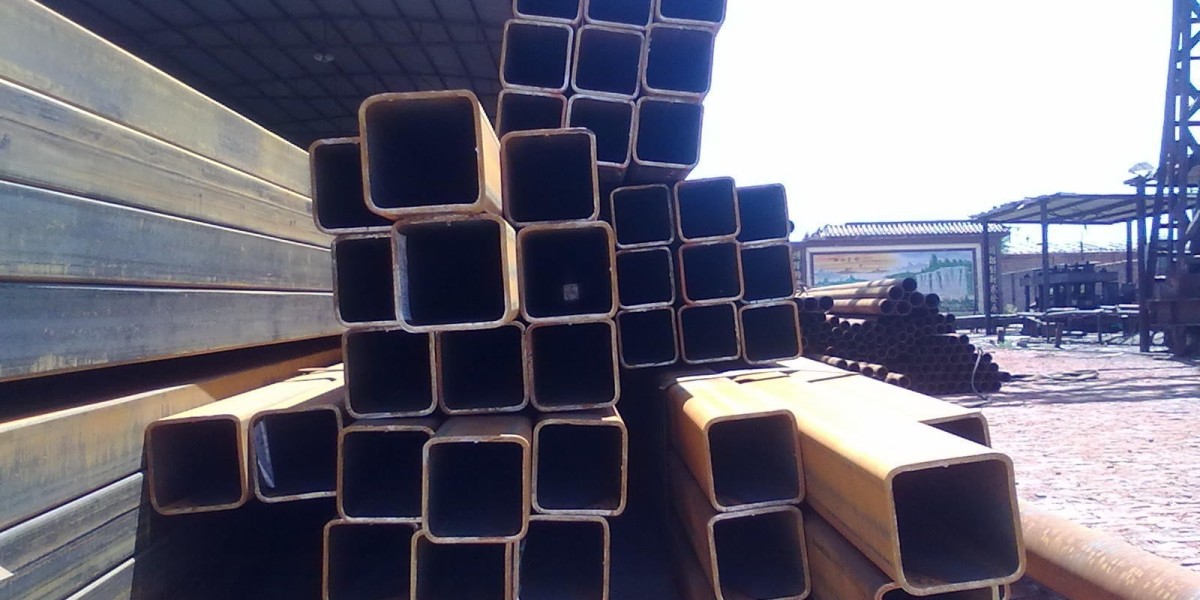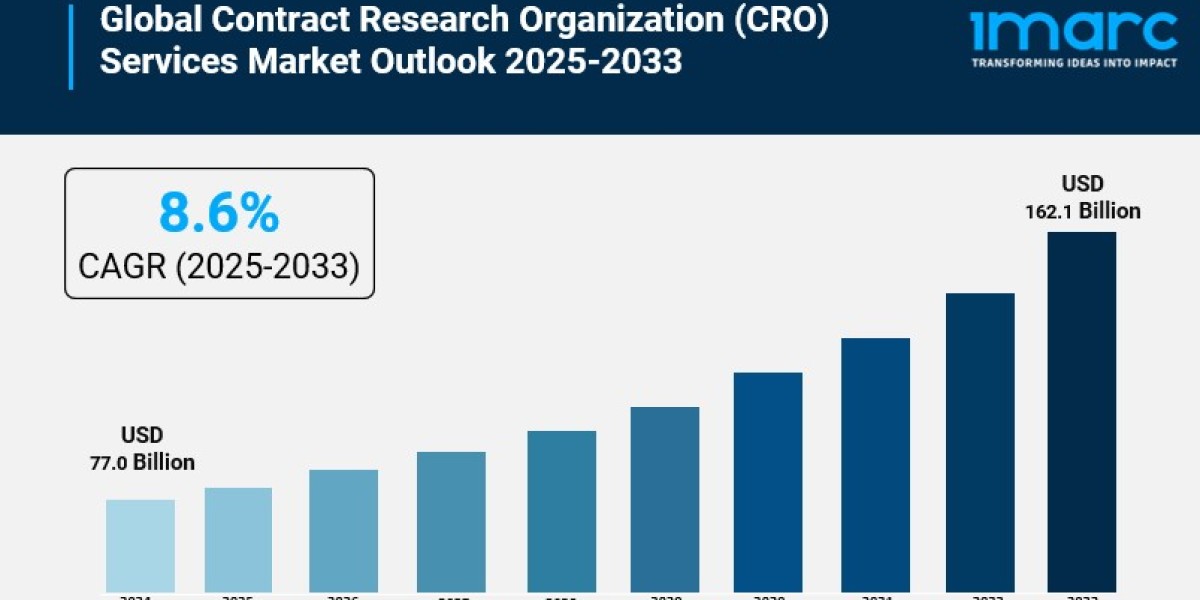Square pipes, also known as square hollow sections (SHS), are integral components in various structural applications across India's construction and manufacturing sectors. These hollow steel sections play a crucial role in supporting frameworks, industrial structures, and architectural elements due to their versatility and strength. The pricing dynamics of square pipes are influenced by a complex interplay of factors that shape the broader steel market and economic landscape.
Raw Material Costs
At the core of square pipe pricing are the costs of raw materials, particularly iron ore and coking coal. Iron ore is essential for steel production, and its availability and cost are subject to global market forces. Factors such as supply chain disruptions, geopolitical tensions, and trade policies can lead to fluctuations in iron ore prices, directly impacting steel production costs in India. Similarly, coking coal, vital for the steelmaking process, is influenced by global energy markets and regulatory changes, further affecting production expenses.
Domestic Demand and Economic Factors
Domestic demand serves as a significant driver for square pipe prices in India. The construction and infrastructure sectors are major consumers of square pipes, using them extensively in structural components like columns, beams, and frames. During periods of economic growth and increased construction activity, such as infrastructure development projects, the demand for square pipes rises, exerting upward pressure on prices. Conversely, economic downturns or reduced construction activity may lead to decreased demand and potential price stabilization or reduction.
Regional Variations
Price variations for square pipes within India are influenced by regional factors such as transportation costs, local taxes, and operational expenses. Major urban centers like Mumbai, Delhi, and Bangalore often experience higher prices due to higher logistical costs and operational overheads. In contrast, regions closer to steel production hubs or with efficient transportation infrastructure may benefit from lower transportation costs, resulting in more competitive pricing.
Production Process and Costs
The manufacturing process of square pipes involves several stages including cutting, welding, and finishing, each incurring costs related to labor, energy, and materials. Investments in technology and quality control measures by manufacturers are essential to meet industry standards but contribute to overall production costs. These costs are passed on to consumers, influencing the final pricing of square pipes in the market.
Conclusion
The price of square pipes in India today reflects a complex interplay of factors including raw material costs, domestic and regional demand variations, production expenses, government policies, and global trade dynamics. This multifaceted pricing environment requires continuous monitoring and analysis by industry stakeholders and consumers alike to navigate effectively and make informed decisions in the competitive steel market. Understanding these factors is crucial for stakeholders involved in construction, infrastructure development, and manufacturing sectors to adapt strategies and mitigate risks in response to fluctuating market conditions.
If you are looking for best quality tmt bars, please visit our website : www.steeloncall.com or you can contact us through our toll-free number: 18008332929
#squarepipes #squarepipe #squarepipesprice #squarepipespricetoday #steelpipes







